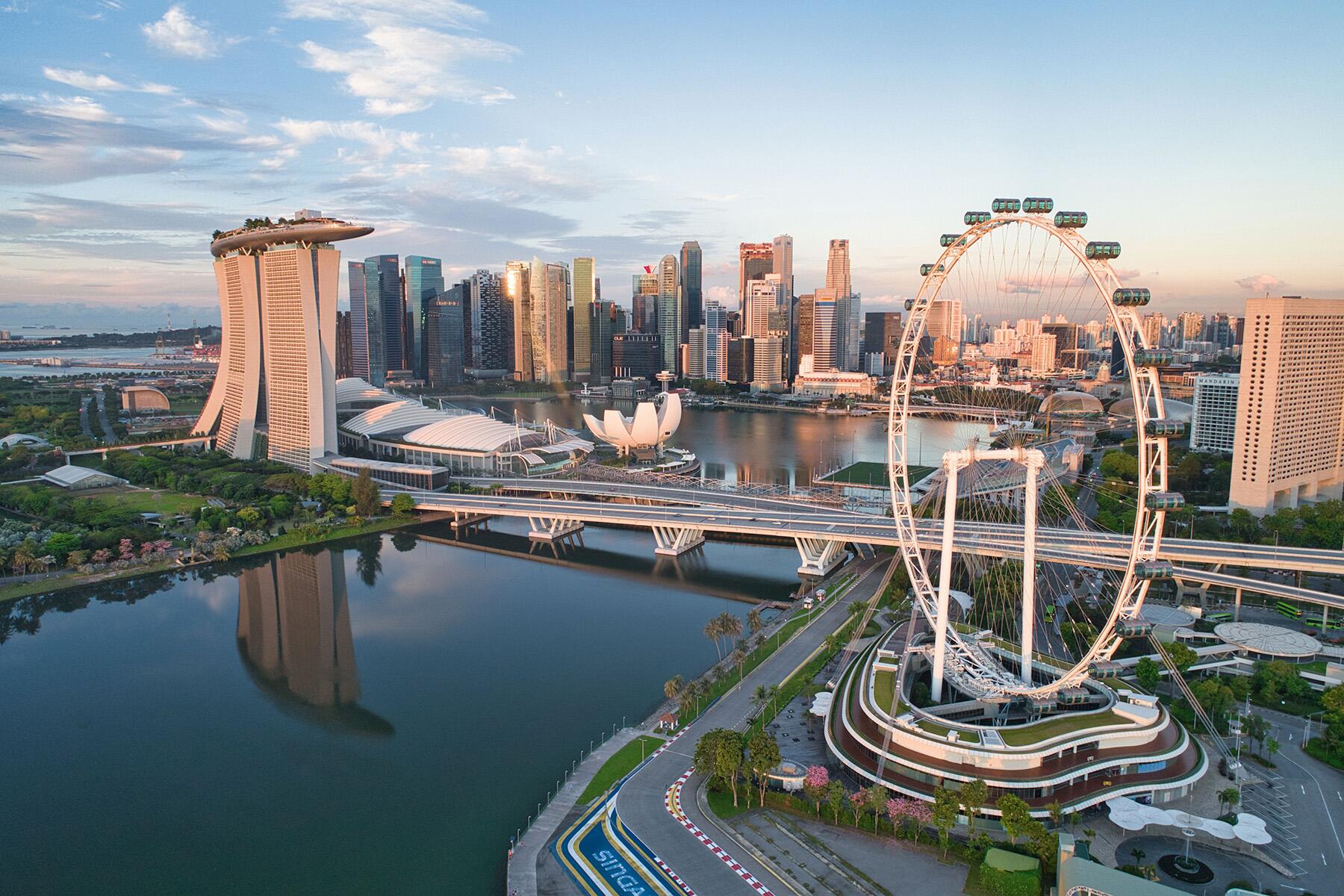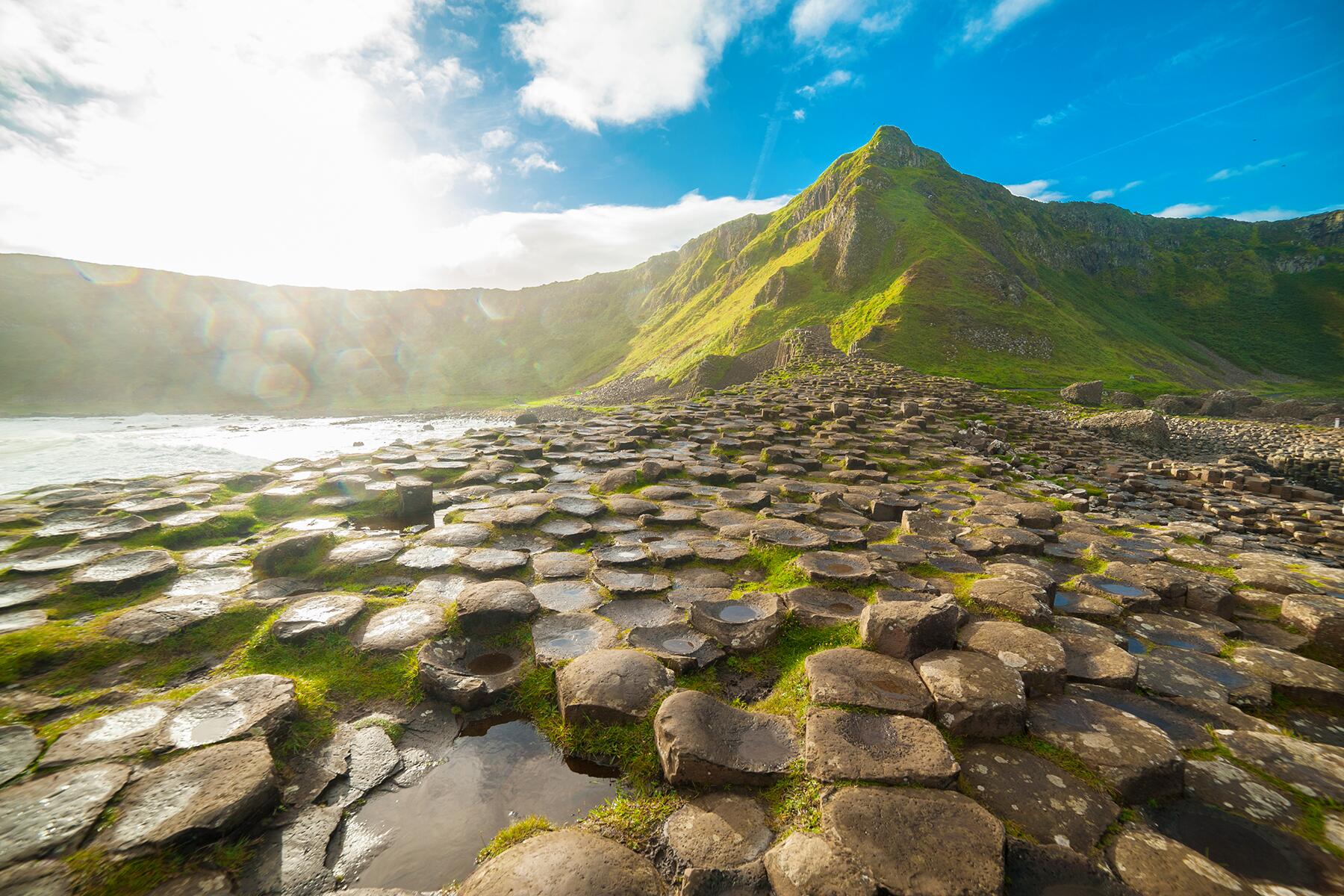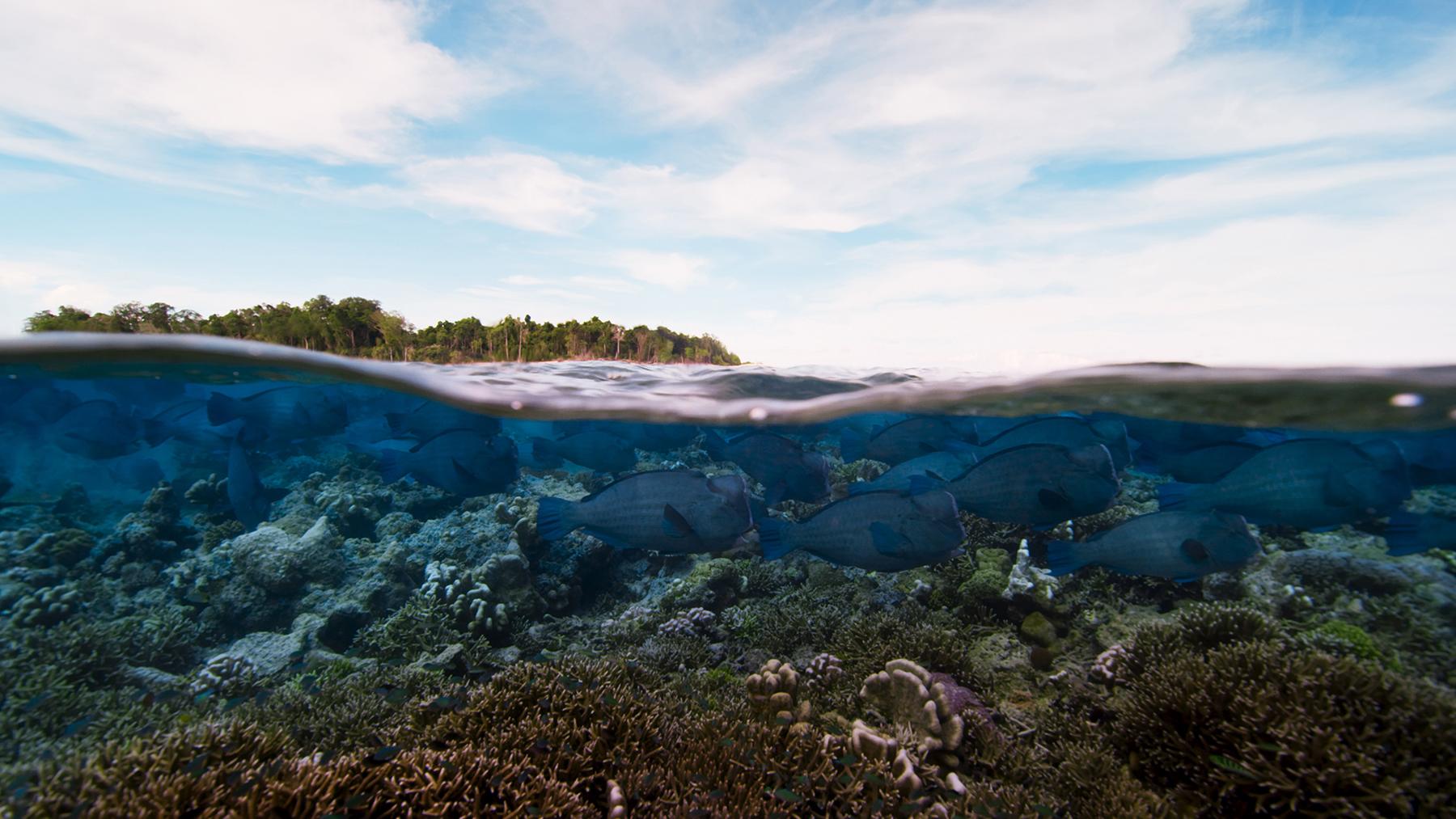Over the course of the last several years, the team behind BBC's 'Blue Planet II' traveled to 39 different countries, and filmed more than 6,000 hours of footage of wildlife in the depths of the ocean. Part of that team was Jonathan Smith, who works as a natural history producer for the BBC in Bristol, England, and also has a background in marine biology.
For the series’ third episode, “Coral Reefs,” which Smith produced, viewers are taken to the Coral Triangle in Raja Ampat in Southeast Asia, and reefs in Australia, the Bahamas, and French Polynesia, to observe biodiversity in coral on different parts of the planet. Smith talked to us about chasing stories of clownfish in Borneo, his outlook on climate change, and why these places are not so off-limits to travelers after all.

How Ancient Polynesian Folklore Helps Save Coral Reefs
“Overfishing can be a really big [threat] to coral. Sharks, as you know, are severely overfished the world out. Coral reefs should [have] a whole load of top predators, including sharks, but it’s the top predators that tend to go the quickest, because there are fewer of them. But something unique to French Polynesia is that there is much less fishing of sharks than in other places around the world; sharks are essentially protected because the ancient Polynesian folklore is that they are defendants of the inhabitants that have come back to patrol the reefs and rule the oceans and enjoy the beauty of them. Another classic case is the aggregation of groupers, which we’ve seen in a number of places around the world. There are the massive groupers in the Caribbean that will swim 30 miles to get to one particular location to spawn, [and] that creates incredible vulnerability from overfishing.”
Recommended Fodor’s Video
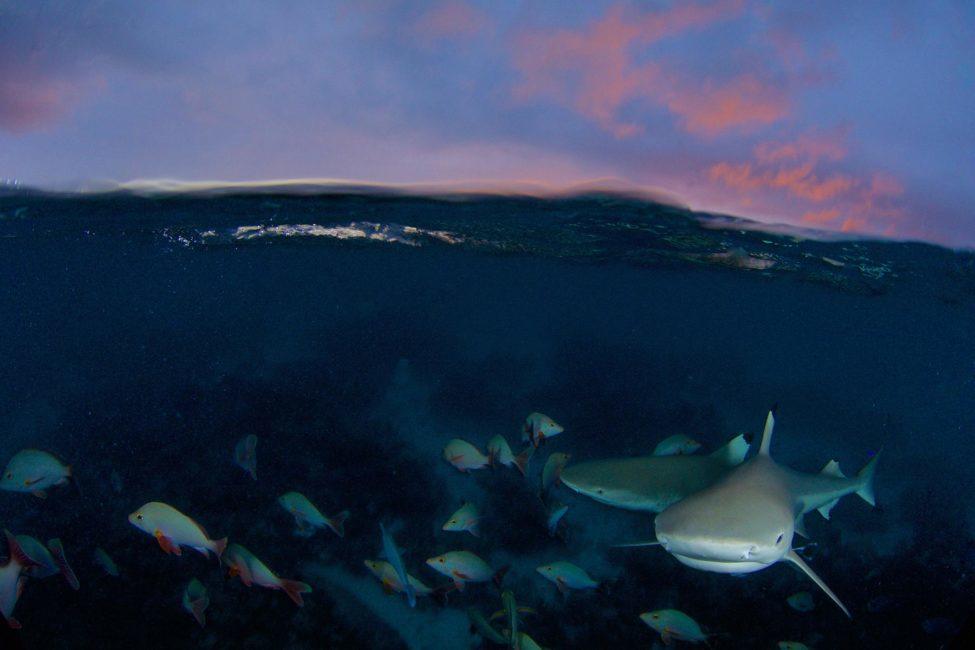
How to be an Ethical Tourist in the Indian Ocean
“When managed right, ecotourism can be an incredibly important and potent tool towards conservation. If we can feel the love and the respect of a place, that can truly drive conservation. Something I was involved with a long time ago in my travels, before I was making films, was training local fisherman on very remote islands in the Indian Ocean to give up fishing and instead start to take tourists out. They had so much knowledge about a particular area that they used to fish, and now they can show tourists the beauty of it, and create a tourist industry that can sustain them.”
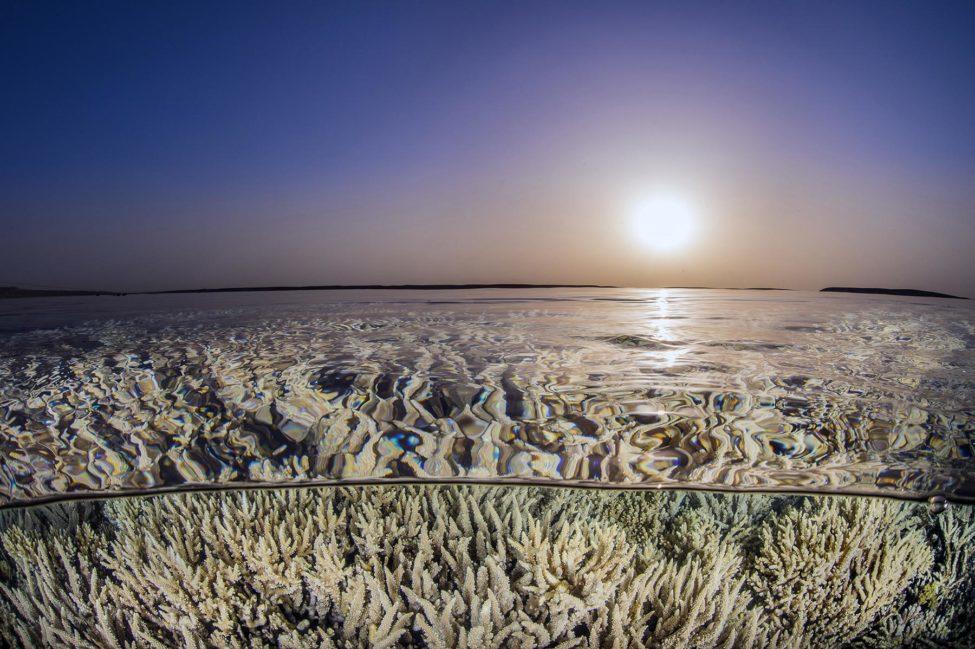
“Before our eyes we had back to back coral bleaching events in 2016 and 2017, which have accumulated to the biggest coral bleaching event on the Great Barrier Reef in the entirety in human history. And so we couldn’t turn away from that.”
Hope in the Face of Climate Change
“When we were filming, before our eyes we had back to back coral bleaching events in 2016 and 2017, which have accumulated to the biggest coral bleaching event on the Great Barrier Reef in the entirety in human history. And so we couldn’t turn away from that. There was no doubt that these very big, very dramatic changes were happening. Coral reefs have evolved through their lifetime to adapt to handle considerable environmental effect, whether its big waves, bleaching…In Egypt, in the last Ice Age, life in the Red Sea was wiped out, but coral reefs, over 10,000 years, have reinhabited and recovered. But a big part of the problem now is the rate of consistency of these events, and also the amount of different things happening, from runoff from land to ocean acidification, to bleaching. There is no doubt that now is a time of concern. But equally, I’m an incredible optimist in a way that I do think that life has an incredible ability to come back. There is hope. And hope can come in many ways. If we look at plastics in the ocean, it can come from people at least talking about having a conversation about how we can start using less plastic, and making small changes that actually can have a big effect.”
On Predicting Animal Behavior—Or Not
“One of the things I can almost guarantee on every shoot is that the animal won’t do what you expect them to do and what you want them to do [laughs]. They don’t read the script. I’ve got my core team here, in Bristol, in England, and we spent a whole year or more researching before we even start about thinking of getting into the field. We talked to scientists that might have spent their lives studying one animal, boat drivers, divers, members of the public that have just spent so long spent their whole lives potentially in one area, in one location that started [telling us] stories that would lead us down routes.”
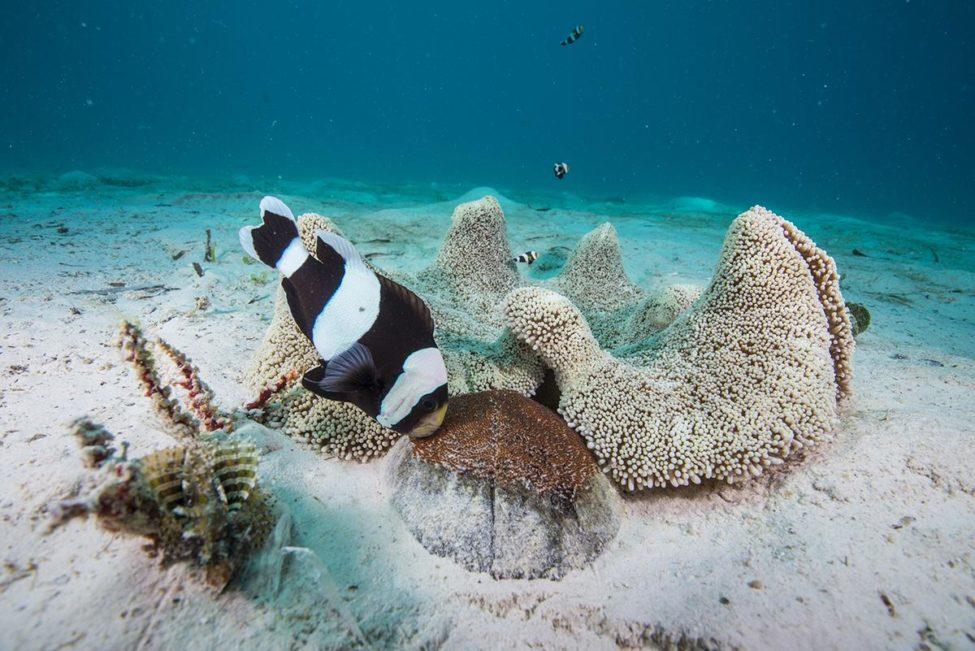
“I was talking to a cameraman who lives in Borneo named Roger Munns, and he told us a story he heard of 10 years ago of a clownfish that always seems to have objects about its anemone that must be collecting them and bringing it back. We dug further, we couldn’t find any photos, we couldn’t find any film of it, but we found one reference from a scientific paper in the late ‘70s where they described a clownfish pushing a coconut shell toward its anemone. So I thought, this is enough to dig further. My researchers found a scientist in Papua New Guinea who had been studying these particular clownfish.”
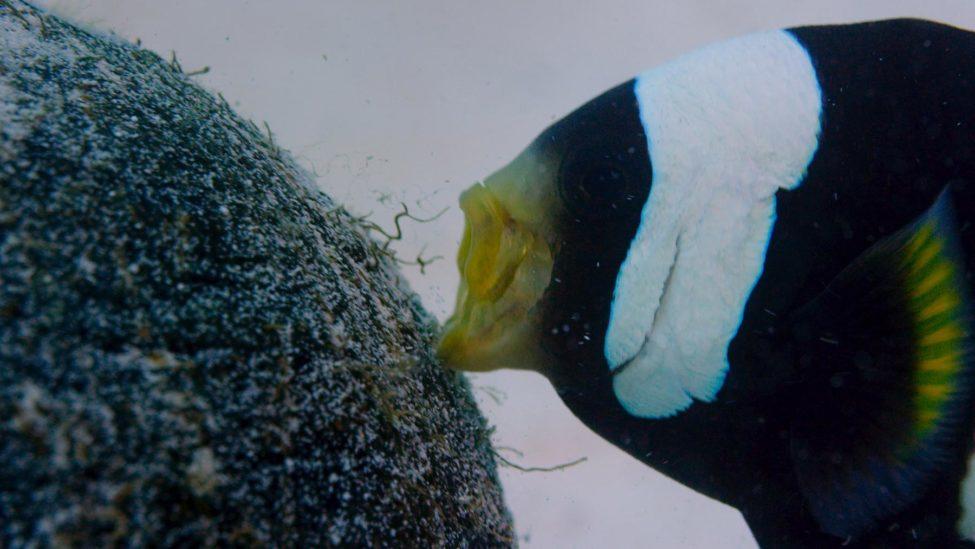
“The clownfish live in something called a saddleback anemone, which is a burrowing anemone, and they burrow in the soft sand and sediment next to the reef. They’ve found a safe haven away from reef life, but it’s come at a cost to them: they have nothing solid around their anemone. Well, they need something solid to lay their eggs on, so they have these little objects stuffed into the anemone. This scientist in Papua New Guinea wanted to know how many eggs they laid and how long they looked after them for, so he would go down and he would bring down a shiny kitchen tile to pop under the anemone so the clownfish could lay eggs on it. But he went down to one, and lying on the soft sand was a baby doll’s arm. He didn’t want to lift it up because it was covered in algae and general life, and so he put it a few meters away from the anemone, and he put his nice shiny tile under, and he came back a few days later expecting it to be covered in eggs. He got down there, and the tile was nowhere to be seen. Under the anemone was the baby doll’s arm covered in clownfish eggs. The clownfish had pushed away the tile and brought back the baby’s doll’s arm because, for some reason, they decided they liked that [laughs].”
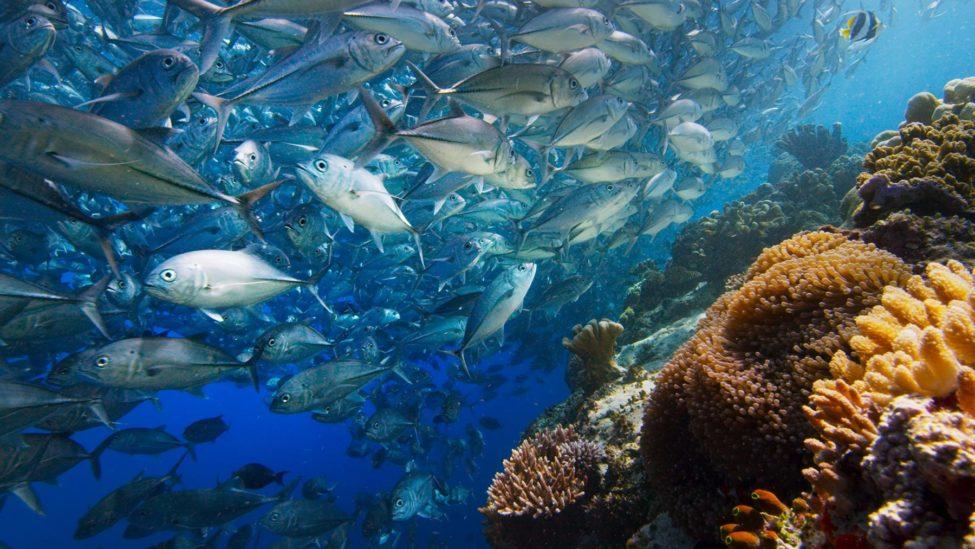
On Reaching Blue Planet II Viewers
“We could never have imagined the kind of response that we’ve had [to Blue Planet] and to think that so many people around the world, so many different ages…I love the fact that families are sitting down to watch this together. To think that all of these people are reveling in and enjoying and taking in the magic of the oceanic world and being able to appreciate and see it in a whole new light, that truly, truly humbles and privileges us.”
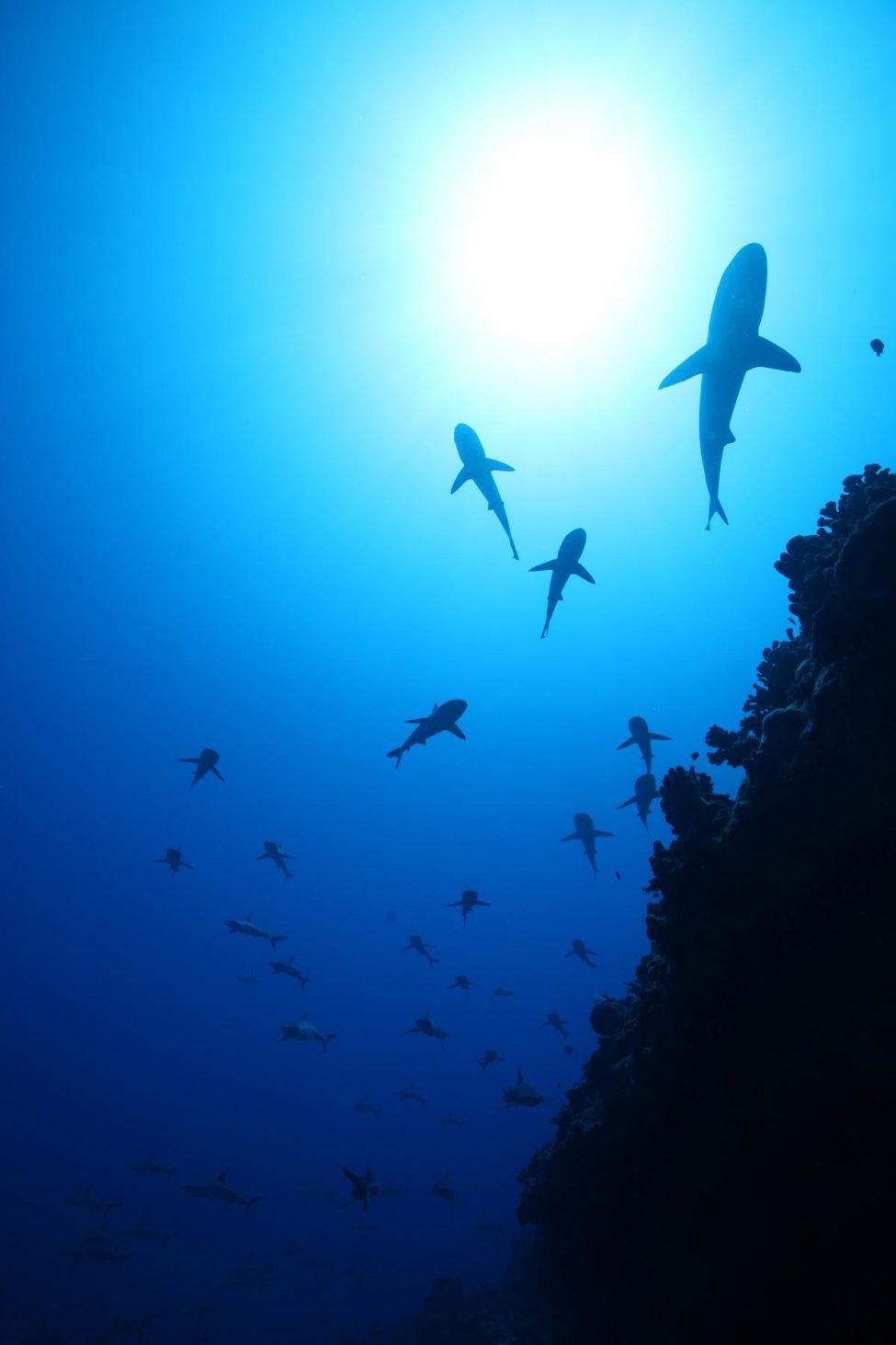
Smith’s Advice to Fellow Explorers
“Something we try and do a lot with Blue Planet II is show you the ‘alien’—we’ll take you down to the deep sea, we’ll take you to these really remote worlds and show you animals that you’d never believe existed, but also we’ll show you animals that you may think you know and actually by taking you on a journey with them through the challenges that they face in their life, show you that really, they do so much more than you’d ever imagine. There are still so many amazing places out there to be discovered and to be seen, but there are also many surprises right on your doorstep.”
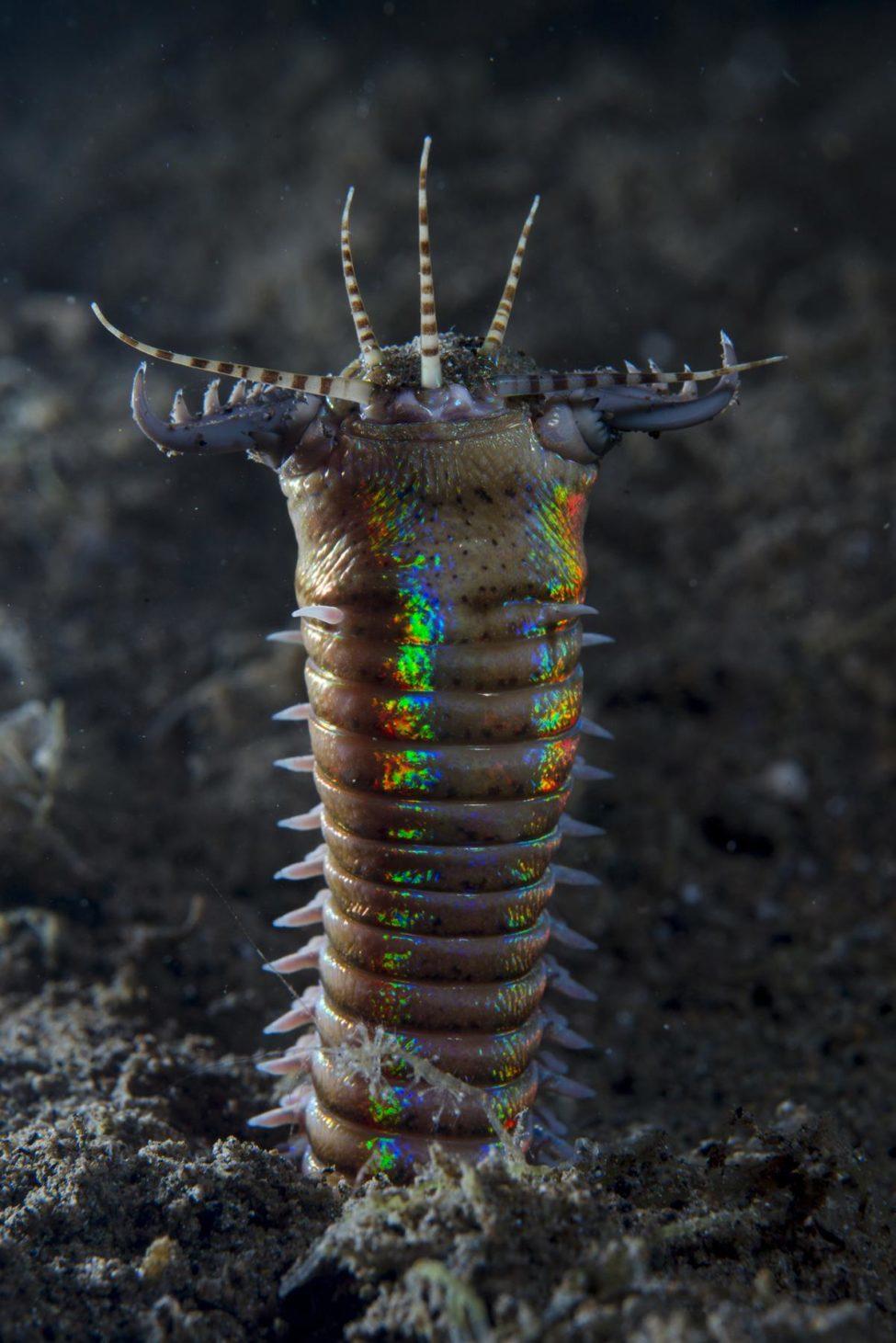
The final episode of Blue Planet II airs Saturday March 10 at 9/8c on BBC America.
